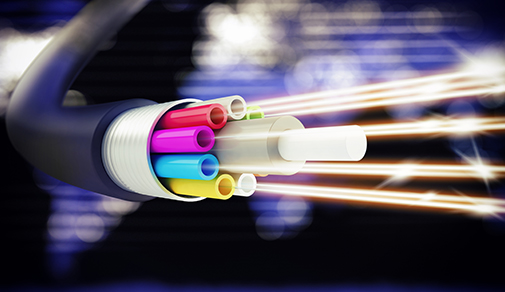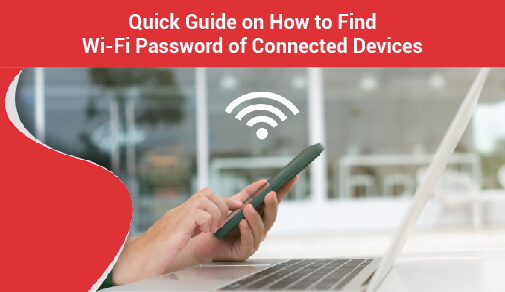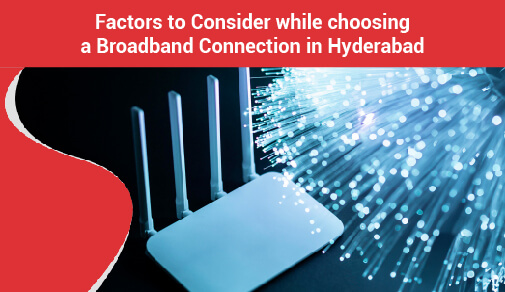Fiber Broadband Tips : Speed Up Your Fiber Broadband Connection
-
0
-
-
3 minutes

Know More
Wired vs WiFi
WiFi is wireless that lets you connect to devices within a range while the wired connection as the name suggests connects to a router to transmit data over any specific network.
So, when it comes to the discourse of wireless vs wired internet, the ideal way to derive assessment is through a few factors discussed below.
Speed
WiFi was formerly based on an 802.11g standard with a tentative speed of 54 Mbps. But as opposed to the wired connections the speed was slower. As of now, the latest WiFi standards have risen to 802.11ac which offers a speed cap of 3200Mbps, so, WiFi does provide a better alternative to Ethernet. Reliability
Ethernet can provide consistency in its speed, letting you download larger media or for streaming HD videos. WiFi does come with stutters since a few external factors can be detrimental to its signal range. Although positioning the router in an optimum position does provide stable performance. Security
Ethernet is physically attributed to the device it's attached to and thus there are fewer chances of being vulnerable. But WiFi, if open, can compromise your data security. However, the WPA2-PSK encryption method can be employed for WiFi to strengthen data security. Latency
Latency is the period during which data travels from its source to its destination. It is synonymous with 'ping' and can be a vital aspect for gamers since they require quick reaction time during online gaming. So, a wired connection, in that case, can minimize lags and delays with data distribution. Deployment
WiFi is more portable and can be deployed quickly as opposed to cable installation for which infrastructure is required.
Tips for better connectivity
For wired connections follow these health tips to improve your experience associated with your Fiber broadband technology.
Keep your optic cables away from pets, don’t coil the cables tightly since damages caused to your fiber optic cable can impact internet serviceability.
Ethernet cable type largely impacts your internet speed - the recommended category is 5e or category 6.
A gigabit ethernet card is imperative to optimize your wired connection. Ethernet cards are usually installed on your laptop or PC which lets these devices connect to the ethernet cable.
For wireless connectivity, follow these steps to ensure a hygienic internet ecosystem for your fiber broadband connection.
Mesh WiFi connections should be considered if there are more than two concrete walls, long corridors or if its a multistorey building.
Additional WiFi mesh node extends the signal coverage.
Since the wiring is not required for WiFi mesh connections, expect faster connectivity as they use 5GHZ band amongst each other.
Use wifi extender or a repeater to rebroadcast or boost your WiFi signals across your desired locations.
These extenders can be placed strategically without having to change networks since the same network is being re-broadcasted.
ACT Fibernet provides faster and more reliable fiber broadband solutions with extended services to install your residential internet ecosystem. Call us to help you decide between WiFi and Ethernet connectivity.







